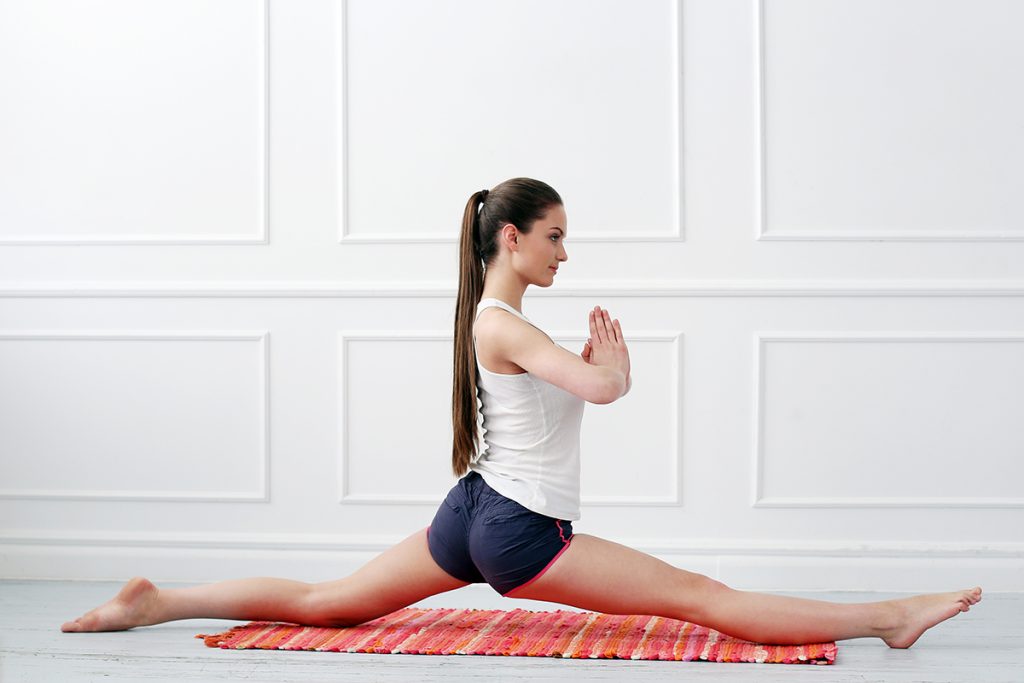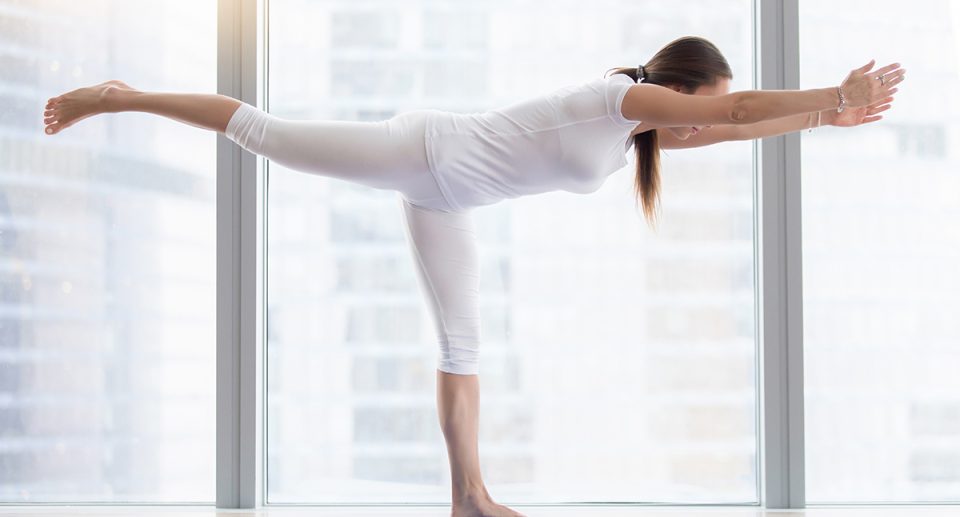Important tips and excercises on stretching effectively (Part 2)
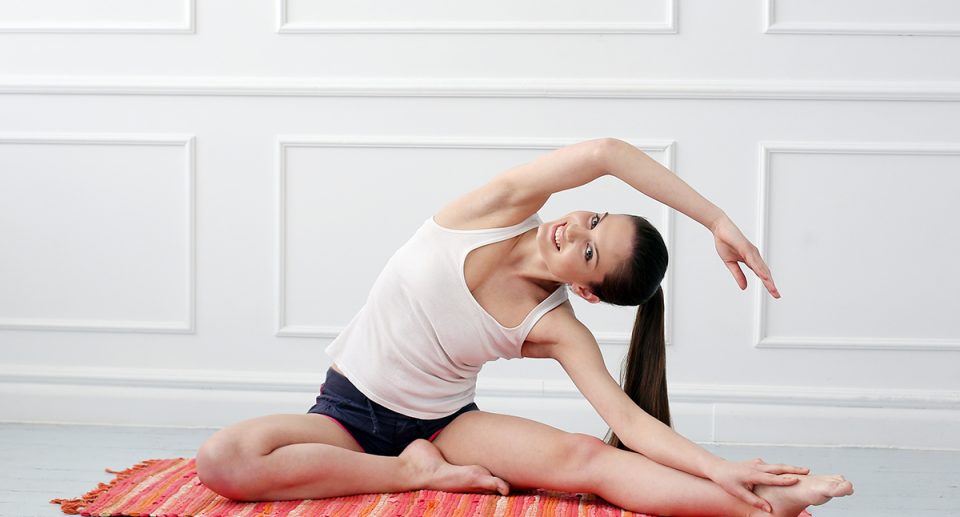
By now, you understand the crucial role flexibility and mobility play in your overall well-being. For optimal results, incorporate dynamic stretches as a warm-up before activity, followed by active, PNF, or static stretches afterward.
Not keen on stretching effectively before or after exercise? Consider a 15-minute flexibility flow instead. Avoid stretching cold, but engage in a series of flowing movements to enhance mobility. Yoga is also effective for combining mobility and strength training.
Integrate stretching into your daily routine. If you sit for long periods, stand up hourly to perform arm circles, hip flexor stretches, and chest opening exercises to counteract hunching. If you stand all day, try gentle trunk rotations on the floor with deep breathing exercises.
Use tools like foam rollers or yoga blocks to assist with stretching effectively. Long resistance bands are particularly useful for daily flexibility exercises, whether for hamstring stretches or shoulder stretches.
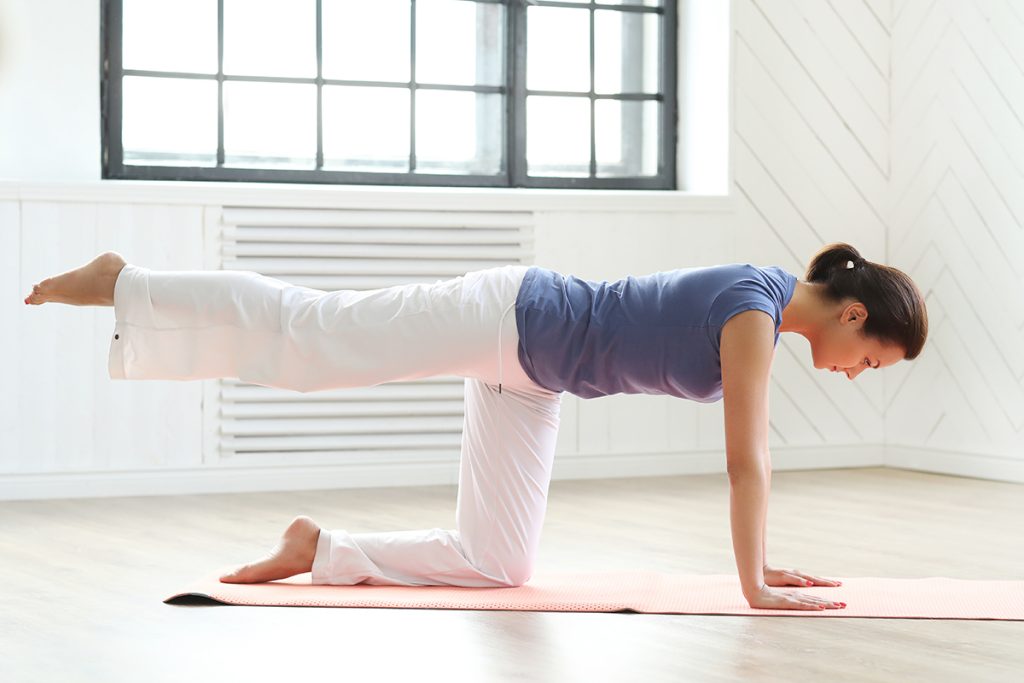
Top exercises for enhancing mobility
Below are 7 recommended active or PNF stretches to try at home. These stretches may feel different from traditional flexibility exercises, but they can significantly improve your mobility.
01. Hamstring stretch
- Start by kneeling on both knees.
- Extend your left leg forward with the heel on the ground.
- Place both hands to the right side of your left leg.
- Push your left leg straight out, feeling a stretch without pain.
- Contract your hamstring by pressing your left heel into the floor.
- Hold the contraction for 10 to 20 seconds.
- Relax and deepen the stretch gradually with each repetition.
- Repeat 3 to 4 times, then switch sides.
02. Inner thigh stretch
- Begin kneeling on both knees.
- Extend your left leg sideways, placing the heel on the ground.
- Place both hands in front of you for support.
- Push your left leg sideways, feeling a stretch without pain.
- Contract your inner thigh by pressing your left heel into the floor.
- Hold the contraction for 10 to 20 seconds.
- Relax and deepen the stretch gradually with each repetition.
- Repeat 3 to 4 times, then switch sides.
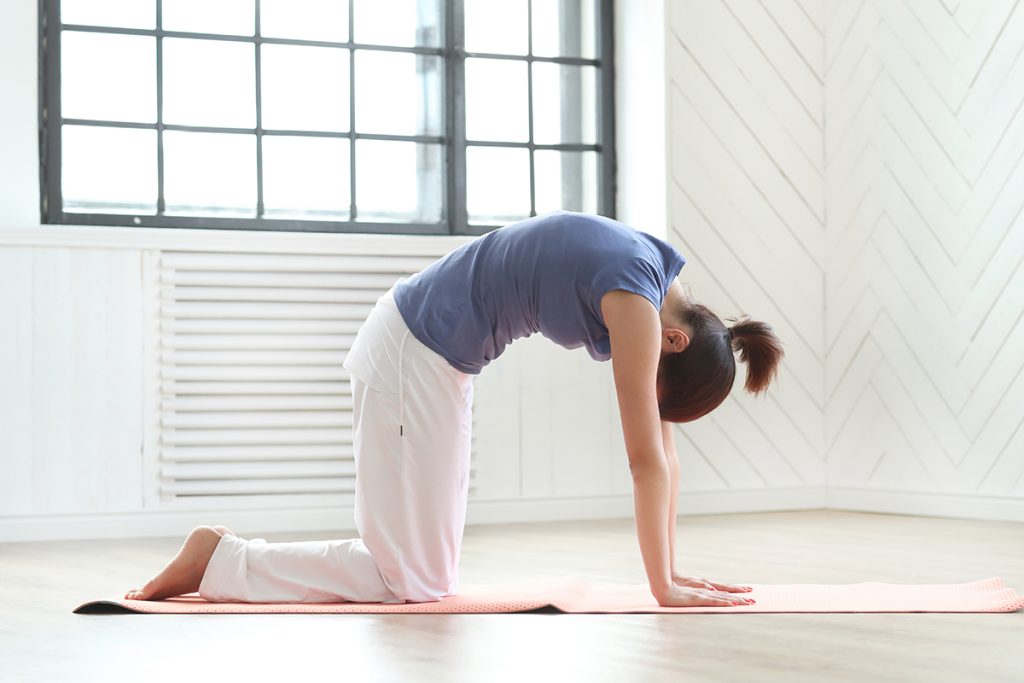
03. Calf stretch
- Start by kneeling on both knees.
- Extend your left leg forward and bend it, keeping your right leg extended behind you.
- Support yourself with your arms on your bent leg and lean slightly forward.
- Extend your left knee over the middle of your foot to stretch your calf muscles.
- Press the ball of your left foot into the ground to tighten your calf muscles.
- Hold the contraction for 10 to 20 seconds.
- Relax briefly between stretches, aiming to deepen the stretch each time.
- Repeat 3 to 4 times, then switch sides.
04. Shoulder stretch
- Lie on your stomach on the floor.
- Extend your left arm beside your head with a bent elbow to stretch your lats, rotator cuff, and triceps.
- Press your arm into the ground, engaging your shoulder muscles.
- Hold for 10 to 20 seconds.
- Relax and aim to deepen the stretch with each repetition.
- Repeat 3 to 4 times.
- Switch sides and repeat.
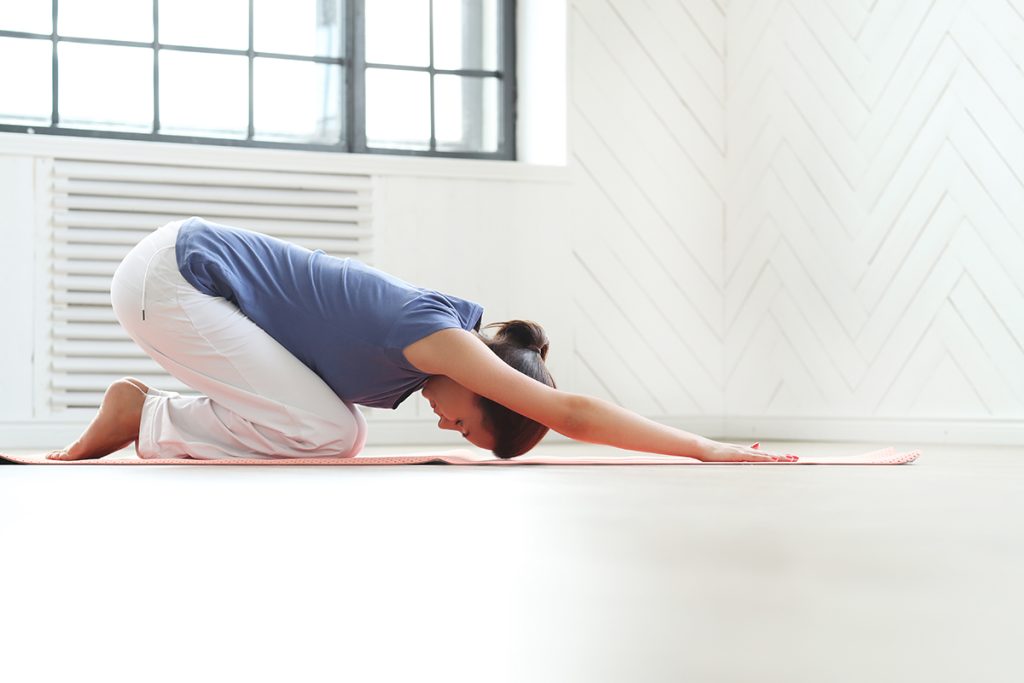
05. Pectoralis chest stretch
- Sit on the floor with knees bent and feet flat.
- Place your arms behind you, slightly wider than shoulder-width apart, palms on the ground and fingers pointing away.
- Open your chest as wide as possible to stretch your pectoralis muscles.
- Press your arms into the ground, contracting your chest muscles.
- Hold for 10 to 20 seconds.
- Relax and deepen the stretch gradually.
- Repeat 3 to 4 times.
- Switch sides and repeat.
06. Active pigeon pose stretch
- Start kneeling on both knees.
- Extend your right leg straight behind you and bend your left leg in front.
- Lower your left hip, shin, and ankle to the ground.
- Place your arms in front for support.
- Hinge at your hips to stretch your glute and hip muscles.
- Ensure the movement originates from your hip, not your back.
- Press your front leg into the ground to engage these hip muscles.
- Hold for 10 to 20 seconds.
- Relax and deepen the stretch with each repetition.
- Repeat 3 to 4 times.
- Switch sides and repeat.
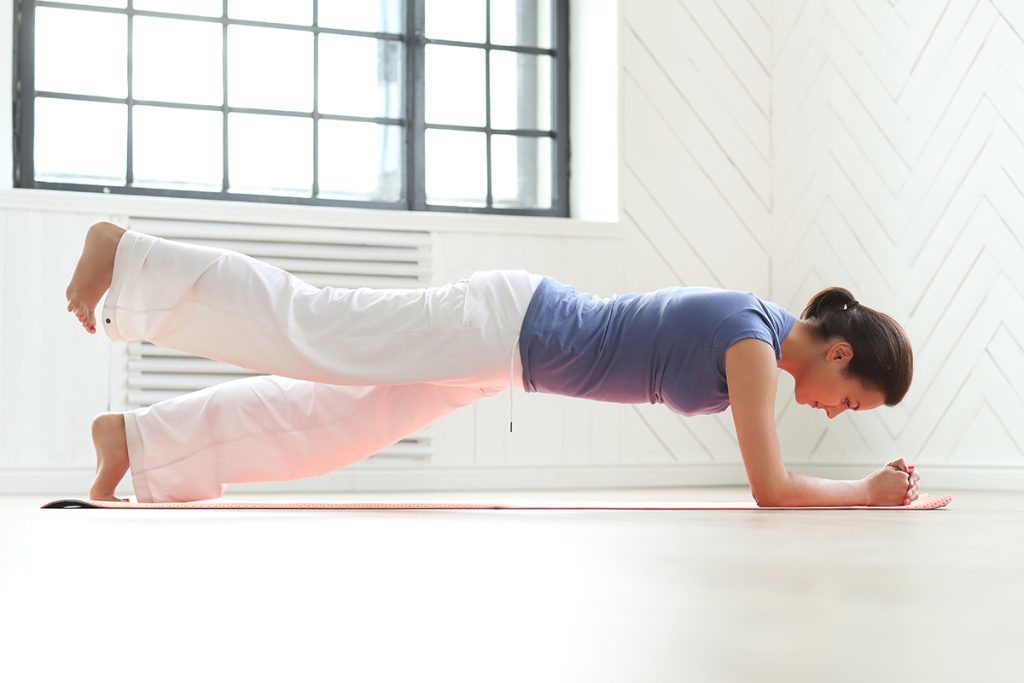
07. Hip flexor stretch
- Begin in a half-kneeling position with your right knee bent in front and left knee slightly extended behind.
- Shift your body forward to stretch your hip flexor muscles.
- Ensure the movement is from your hip, not your lower back.
- Press your back leg into the ground to engage your quadriceps.
- Hold for 10 to 20 seconds.
- Relax and deepen the stretch gradually.
- Repeat 3 to 4 times.
- Switch sides and repeat.
Here’s an example of a stretching effectively training program
Everyone, regardless of age, background, or fitness level, should incorporate an active stretching effectively routine for 10 minutes, three times per week.
Additionally, incorporating daily mobility exercises will help you reap the benefits of stretching effectively. If you’re unsure where to begin, here’s a sample flexibility program to guide you:
Monday
- 10 minutes of dynamic stretches as a warm-up
- 30 minutes of walking/running/cycling or other cardio
- 10 minutes of active, PNF, or static stretching
Tuesday
- 15- to 30-minute yoga flow in the morning
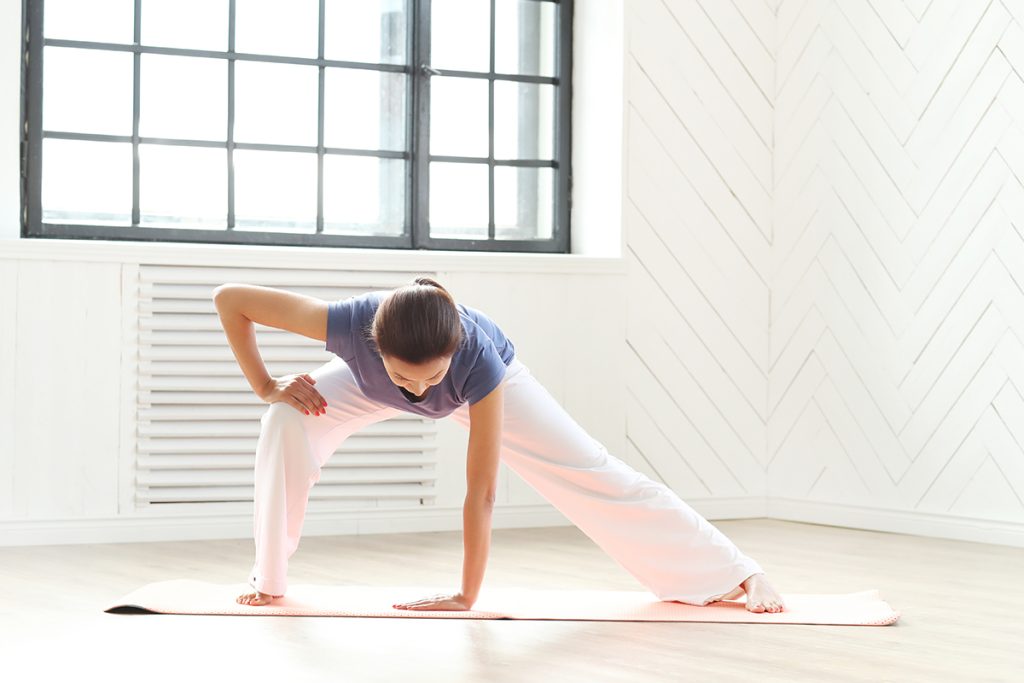
Wednesday
- 10 minutes of dynamic stretches as a warm-up
- 30 minutes of hiking
- 10 minutes of active, PNF, or static stretching
Thursday
- 45-minute yoga class
- 15 minutes of stretches using an exercise ball
Friday
- 10 minutes of dynamic stretches as a warm-up
- 30 minutes of walking/running/cycling or other cardio
- 10 minutes of active, PNF, or static stretching
Saturday
- 15- to 30-minute yoga or flexibility flow
Sunday
- Rest day
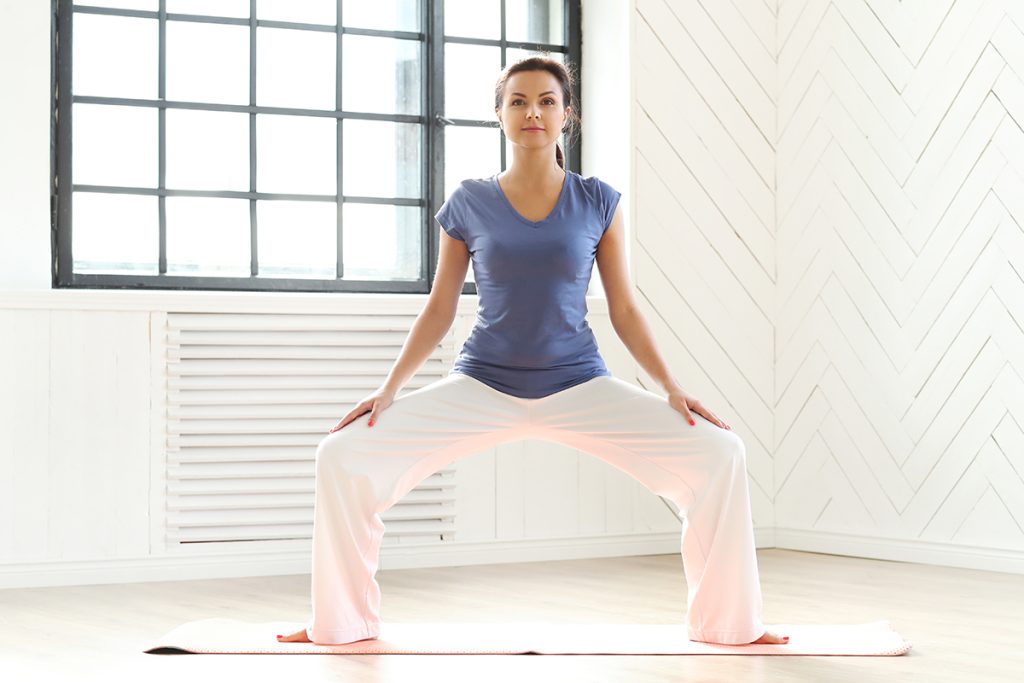
Common mistakes in stretching effectively
To maximize stretching benefits and avoid injuries, steer clear of these three common mistakes:
A. Skipping the Warm-Up
Before static stretching, ensure your muscles are warmed up with a 10- to 15-minute session of activities like walking, cycling, or jumping jacks. This prepares your muscles by increasing blood circulation and flexibility, reducing the risk of injury from stretching cold.
B. Ignoring Body Signals
Listen to your body during stretches, advises Wickham. Modify your range of motion or switch stretches if you experience sharp joint pain, numbness, tingling, or a burning sensation. Discomfort and mild pulling are normal, but sharp pain is not; consult a doctor or physical therapist if persistent pain occurs despite trying different stretches.
C. Incorrect Technique
Proper form is crucial for reaping stretching benefits and preventing injury. Utilize a mirror or work with a trainer to ensure you’re performing stretches correctly, optimizing effectiveness while minimizing risk.
